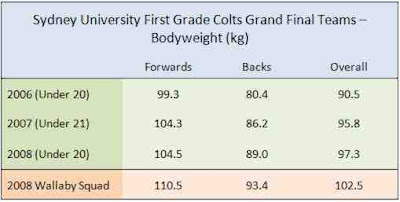An example of this changing biomechanical efficiency can be seen with the barbell squat. When the hip and knee joints are flexed as in the deep position of the squat, the lifter's capacity to cope with resistance is considerably reduced; but as they rise and the joints fully extend, the amount of resistance that can be coped with increases dramatically. This is why there is a very strong tendency for unsupervised and inexperienced lifters to perform only partial squats and why the squat does not effectively work the leg extensor muscles through their full range.
MyoQuip's machines such as the MyoThrusta and the MyoTruk use Broad Biomechanical Correspondence Technology to provide increasing resistance throughout the exercise movement. This enables the exerciser to operate comfortably and effectively in the region of biomechanical disadvantage. In addition the technology exposes them to substantial effective loading and high-range muscle fibre recruitment throughout the whole range of movement.

BBC technology is an easily adjustable form of accommodating resistance. The rate at which the effective resistance changes is varied by selecting different pin positions on the machine's adjustment bar.
Mid-range pin settings
These are designed to broadly compensate for the improvement in biomechanical advantage throughout the exercise movement. The increase in effective load from the start of the movement to full lockout is intended to match the body's capacity to handle resistance, so that the exerciser has to expend basically the same degree of effort throughout the movement; in other words to provide broad biomechanical correspondence between the exerciser's load-bearing capacity and the effective load. This can be contrasted with the barbell squat where considerable effort is required at the bottom of the movement and very little at the top end.
Thus with a mid-range pin setting on apparatus such as the MyoThrusta the leg extensor muscles experience substantial activation throughout the whole range of movement.
Low-range pin settings
Here the increase in effective load from start to finish of the exercise movement is greatly increased. These notch settings are ideal for practising explosive or ballistic movements. The exerciser chooses a weight load they can comfortably handle at the start of the movement and then attempts to perform the concentric part of the exercise as rapidly as possible. However, as they move toward full leg extension the effective load is rapidly increasing thus slowing their momentum. As a result there is a "ballistic braking" effect toward the end of the movement, eliminating the need to decelerate. Because of this the exerciser can utilise explosive strength over the full range of the movement.
This range of settings is particularly useful with the MyoThrusta where concentration on plyometric-type movements can be expected to produce significant improvements in vertical leap.
High-range pin settings
The increase in effective load from start to finish of the exercise movement is greatly reduced. High pin settings are ideal when the focus is on overcoming inertia, i.e., moving a heavy load from a position of rest. A typical real world application is in rugby when there is the need to "shunt" the opposing pack. A similar situation applies in the rugby lineout when a lifter with poor vertical jumping ability has to be rapidly hoisted.
High-range pin settings are also useful when the MyoTruk or MyoThrusta is being used to improve performance in the barbell squat, because the additional loading at the start of the movement conditions the leg extensors to operate more effectively in the region of greatest biomechanical disadvantage, e.g., in the deep squat position.
Read more...












